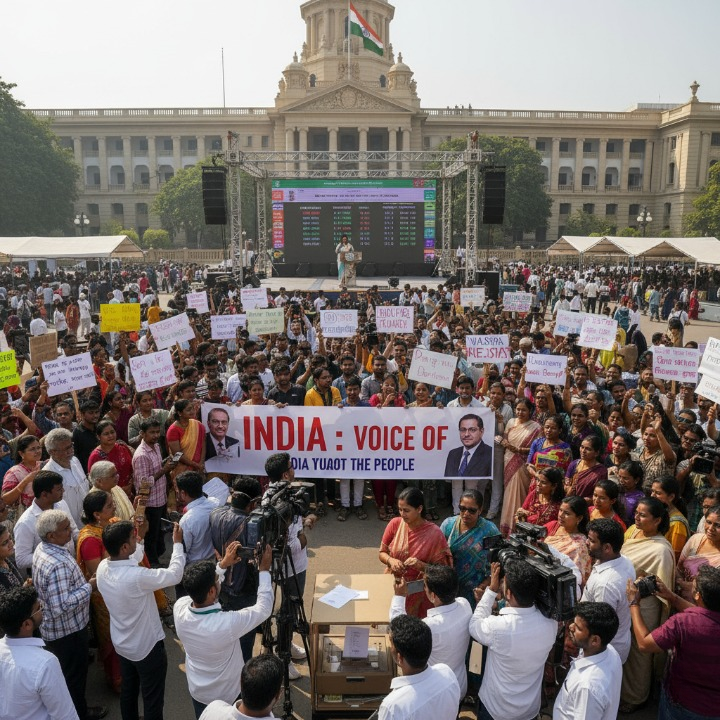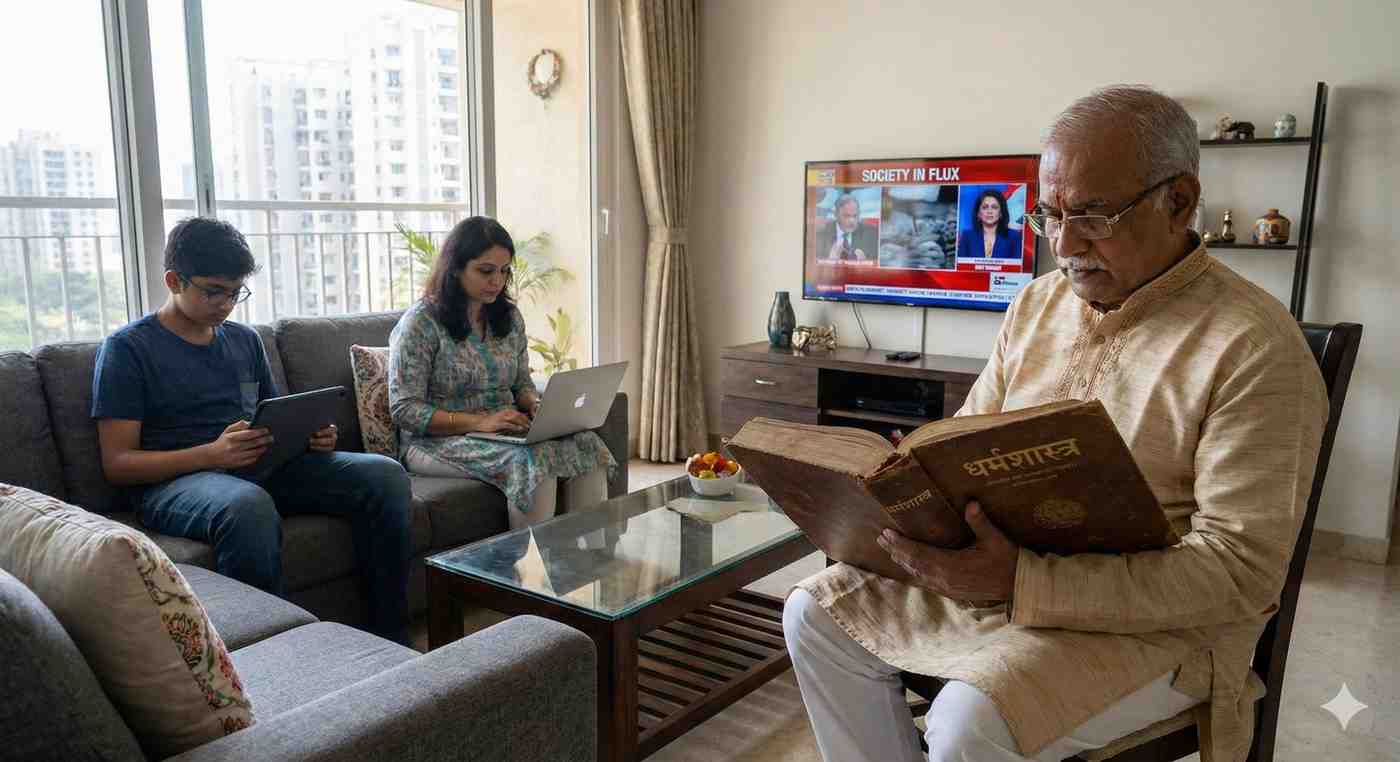
The Canvas of Freedom: Painting India’s Democratic Landscape
Exploring the Diversity, Challenges, and Aspirations of the World’s Largest Democracy
Key Metrics:
- Electoral Scale: India has over 900 million registered voters, with a record turnout of 67.4% in the 2019 general elections.
- Diversity in Representation: India’s Parliament includes representatives from 29 states and 8 union territories, showcasing the nation’s regional diversity.
- Youth and Women Participation: Youth (under 40) comprise only 13% of MPs in the Lok Sabha, while women represent 14% of the house, highlighting gaps in inclusivity.
- Grassroots Governance: More than 3 million elected representatives serve in Panchayati Raj Institutions, of whom 46% are women.
News Body
India’s democracy is often likened to a vibrant canvas, where each stroke represents its diverse voices, regions, and aspirations. From the towering peaks of the Himalayas to the coastal expanses of Tamil Nadu, this democratic tapestry weaves together over a billion people, reflecting unity in diversity. However, as India progresses, it also grapples with challenges that test the inclusivity and vibrancy of its political system.
Diversity: The Defining Palette of Indian Democracy
India’s democracy thrives on its diversity. With 22 official languages and countless dialects, elections and governance must accommodate an unparalleled linguistic spectrum. Campaigns, voter awareness drives, and parliamentary debates reflect this multilingual inclusivity, ensuring no voice is left unheard.
Religious and cultural plurality also enriches India’s democratic ethos. The Parliament is a microcosm of the nation, with leaders from varied faiths and backgrounds shaping policies that cater to the needs of all communities. The Panchayati Raj system amplifies this diversity at the grassroots, empowering local communities to address their unique challenges.
The Missing Strokes: Youth and Women in Politics
Despite its achievements, India’s democratic canvas has some missing strokes. Youth, who make up 65% of the population, are underrepresented in formal governance, with only 13% of MPs in the Lok Sabha under 40. Similarly, women, despite holding significant positions in local governance, comprise just 14% of Parliament.
These gaps highlight the need for structural reforms. Programs like Youth Parliaments and reserved seats for women in legislative bodies aim to address these disparities, but much work remains to create a more balanced and representative democracy.
Grassroots Governance: The Foundation of the Canvas
The strength of India’s democracy lies in its grassroots institutions. Panchayati Raj bodies not only decentralize power but also ensure that marginalized voices are included in decision-making processes. With over 3 million elected representatives, including a significant proportion of women and individuals from Scheduled Castes and Scheduled Tribes, grassroots governance exemplifies the democratic ideal of representation.
Challenges: The Unfinished Masterpiece
While India’s democracy is a beacon of freedom, it faces challenges that require urgent attention. Political polarization, the influence of money in elections, and the criminalization of politics undermine its integrity. Reports from the Association for Democratic Reforms (ADR) reveal that nearly 43% of MPs in the 17th Lok Sabha have declared criminal cases, raising concerns about the quality of representation.
Furthermore, issues such as misinformation, regional disparities, and inadequate infrastructure in rural areas hinder the full realization of democratic potential.
The Aspirations of Tomorrow
India’s democratic landscape is constantly evolving, shaped by the aspirations of its people. The growing awareness among citizens, particularly the youth, about their rights and responsibilities offers hope for a more participatory and transparent democracy. Digital platforms have amplified these voices, bridging gaps between citizens and their leaders.
Conclusion
India’s democracy is a living canvas, painted with the hues of diversity, resilience, and aspiration. While it has made remarkable strides in inclusivity and representation, it remains an unfinished masterpiece, requiring continuous effort to address its gaps and challenges.
As India marches forward, its democratic journey serves as a testament to the power of unity in diversity. By nurturing participation at all levels and empowering marginalized voices, the nation can ensure that every stroke on its democratic canvas contributes to a brighter, more inclusive future.



